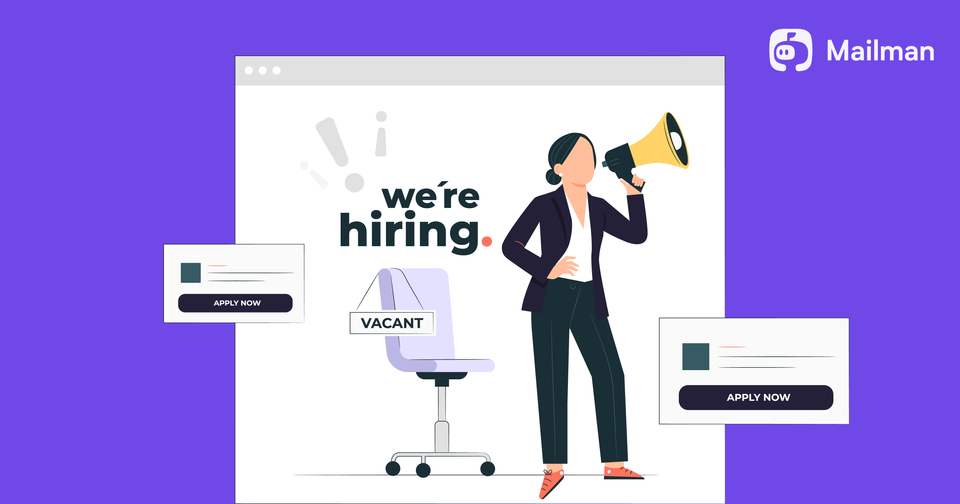5 best remote hiring best practices to hire the right person

Remote work has changed how you communicate, work, and collaborate with your team. Hiring is no exception. You now don’t have the luxury to meet candidates face-to-face, but that shouldn’t be a problem.
I’ve hired 20+ candidates remotely, and here are five best practices to get you started:

1. Outline your ideal candidate

Note the non-negotiable skills you want your candidate to have. Start with defining the job responsibilities and the qualities a person would need to fulfill them. You’ll have a starting point to screen candidates.
You can even look for successful candidates in a similar position in other companies and ask their manager what makes them the best person to do the job. You’ll have a list of qualities you can look for when interviewing someone for that job.
Another way is to find ideal personas on social media. If you’re active on social media, you’ll sometime interact with someone who might be near-perfect for the given position. Ensure you note down what qualities make you think so, and use that as a guide to look for the ideal candidate in the future.
2. Write a clear job description
After you have outlined your ideal candidate, prepare a detailed job description. Ensure you list all the must-have qualities—so only the right candidates apply. Because if you write a vague description, you’ll attract people who aren’t the right fit, making the hiring process longer and tiresome.
Here are some tips for writing an excellent job description:
a) Ask the manager under which the person will work to define what they consider a good candidate. Mention those skills and requirements.
b) Be as specific as you can about what the job responsibilities would be. Also, write the first few goals you want the candidate to achieve.
c) Divide the skills into “must-have” and “OK to have.”
d) Sell yourself. Answer why the candidate should work for you versus your competitors. Mention the remote working perks (maybe free software access, learning budget, free work setup, and more) they would get.
3. Ask the right questions

If you ask vague questions, you’ll get vague answers, which wouldn’t help you in shortlisting the final candidates. But if you ask the right questions, the job becomes easier. So, let a qualified interviewer (who knows the ins and outs of the job, technical details, and what person would make the best fit) ask questions.
Ensure you let the interviewer know what skills you’re looking for in the person—so they ask questions accordingly. Consider asking questions that show you their communication level, soft skills, and technical knowledge.
4. Take a test
Of course, the candidate will show you their previous work, which will give you a rough idea of them. But the test will help you evaluate whether they can work in a remote environment.
a) Do they submit the work on time?
b) Do they communicate clearly?
c) Do they know to use the tools/software they would use regularly?
Give the candidate a task that will be part of their daily responsibilities. For example, you can ask a marketer to write a sales copy, an engineer to debug code, or a UX designer to design a user-friendly product.
Ensure you discuss with your team what metrics you would use to judge the test and filter candidates accordingly.
5. Let the CEO and the team talk with the candidate to finalize them

If you follow the above process, you can shortlist 4-5 final candidates. You can ask your team and the CEO to chat with those candidates. Ask everyone to score each candidate, and you can finalize the one with the most points.
Or you can have a “decision maker” who will consider the score/opinion of the team and the CEO and choose the final candidate accordingly. Once that is done, make the offer.





